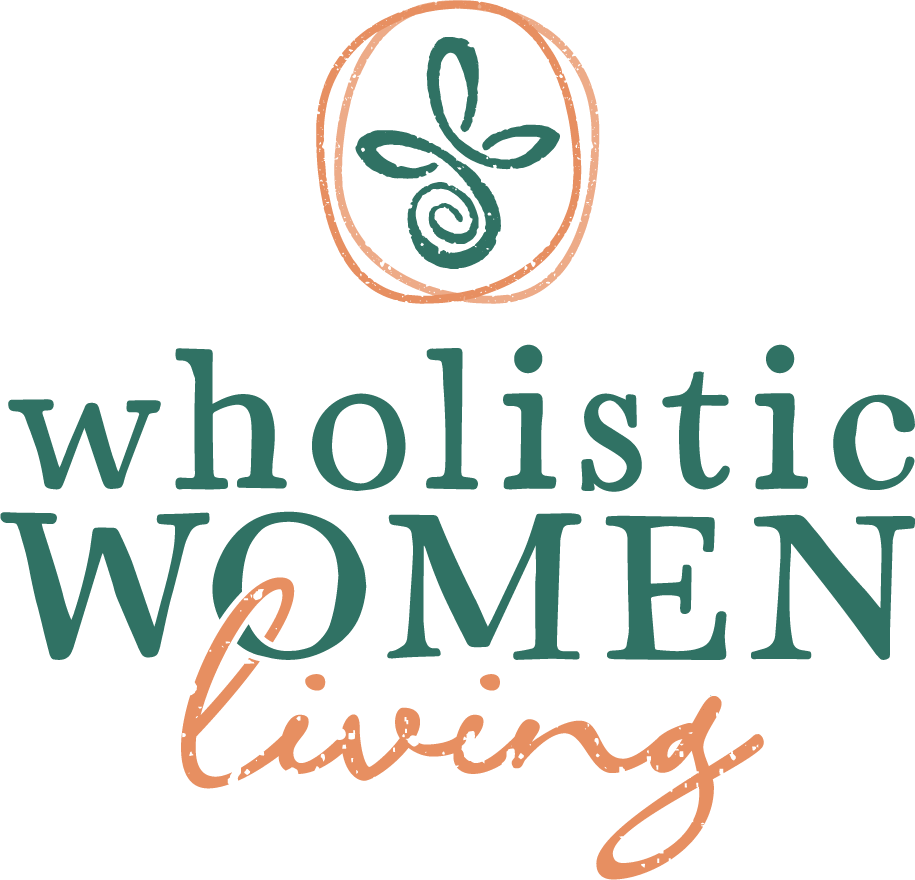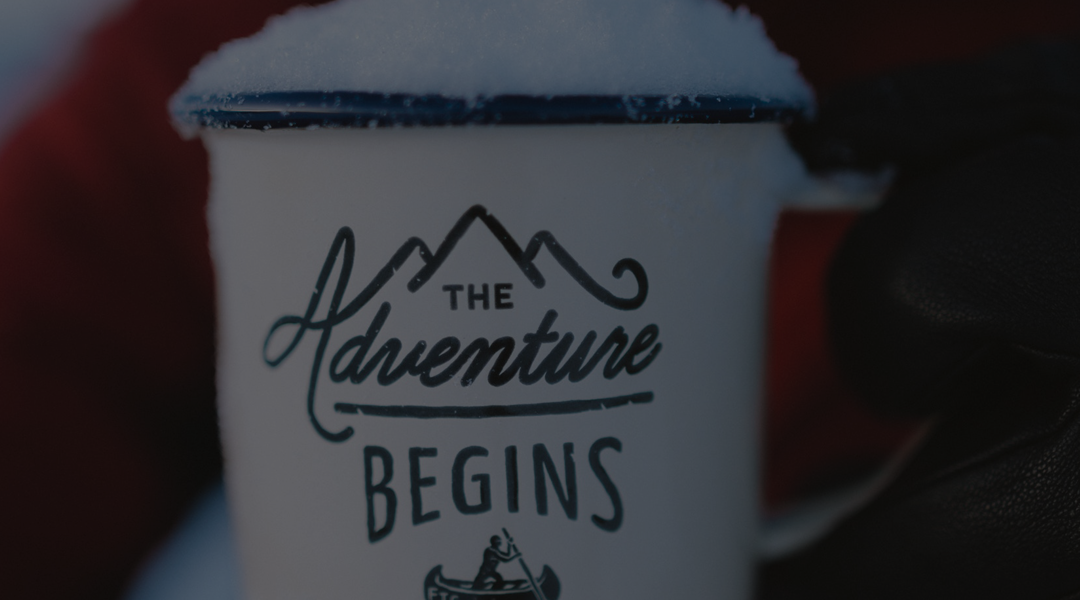What does it feel like to be loved?
Take a moment and think about a time when someone special (maybe a family member, friend or significant other) did something…or said something… that filled your love tank to the brim.
Was it…a hug, a thoughtful gift, an act of service, quality time spent together, or spoken words that filled you up?
When we combine the two words ‘be loved’ it turns into beloved. Does anything change for you as you put the two together?
It does for me. My One Word this year happens to be Beloved. As I have reflected on this word for many months now I’ve noticed two dimensions to it.
The first dimension in inward; it’s about being loved; learning to receive love and to be treasured by another. This year I’ve noticed the many ways that others show, or tell, me how much I mean to them. With this awareness I’m letting more love in and have sometimes found myself overwhelmed and speechless by the expression of genuine caring that others have conveyed to me.
It encourages me that even at the advanced age of 59 I have learned so much about love. Over the past 8 years I have fallen in love, nurtured that love through highs and lows, and moved into a committed relationship with my recent marriage to my longtime sweetheart, Greg. I have learned that you’re never too old to fall in love. I’ve also learned that committed loving relationships take work. Falling in love may be easy but staying in love takes intentional effort. Having tools like our strengths, values, and love languages equips us to understand one another better. I have learned what it means to be treasured by a very special man. That lesson about being his beloved continues each day.
The second dimension is outward; it’s noticing who is beloved to me and how I show the depth of that emotion. I’ve always been a caring person who easily expresses love to others, however, I’ve learned even more lessons about the nature of love this past year. A beloved brother-in-law received a dire health diagnosis last fall. This shocked him and set him, and all who love him, on edge. Suddenly we no longer had a seemingly endless supply of days to spend together stretching over many years ahead. An unclear timeline was placed on us as doctors attempted to set new expectations based upon their knowledge of his illness. Reordering of priorities occurred immediately. Suddenly each day, each moment together had a heightened sense of love. We treasure each laugh, each smile and hug. We know our time is limited and so we make sure that we express love more frequently and clearly. Anticipated loss has opened a walkway to what really matters in life.
Why does it take a frightening diagnosis for us to show someone we love them? What is it about limited time that makes us suddenly appreciate the people we hold dear? Why don’t we do it every day?
Perhaps like you, I’m fortunate to have many people in my life that I love and who love me in return. I don’t want to waste a single day, missing opportunities to show that love…and to show it in ways that they ‘get it’.
The question then becomes, how do we know the most impactful way to give love to those who are important to us…so that it’s well received?
Like many, I tend to assume that others experience love the same way that I do. Because of that tendency, I show love and appreciation in the ways that make the most sense to me. Sometimes my caring expressions fall short, though, and are misinterpreted because the other person speaks a different language.
Dr. Gary Chapman, in his popular books writes of five love languages (also known as appreciation languages in the work place). The premise is straightforward. We each have a love, or appreciation, tank inside of us that needs to be refilled as we give to others. When the tank gets too low we may feel grouchy, needy, and perhaps even desperate for refueling. Just as we need to refill our car’s gas tank to keep it going, we need to know when our love tank is low and in need of refilling.
So, what fills you up? Dr. Chapman, in his many years as a counselor, has identified these primary love, or appreciation, languages:
- Words of Affirmation
- Acts of Service
- Physical Touch
- Receiving Gifts
- Quality Time
Apparently, I am not alone in the tendency to express love and appreciation in my own language, which frequently differs from the language of my loved ones. Miscommunication and confusion can occur when the other person doesn’t respond to my expression of appreciation the way that I thought s/he would. It can leave me wondering what’s wrong. I now recognize that I need to speak another language; their appreciation language instead of my own.
You may have heard it said that love is a choice. Sometimes the choice to love is easy and at other times it can be challenging. Using someone’s love/appreciation language is a choice as well. It helps us to be more effective in our relationships.
Common wisdom tells us that humans have an inner drive to be loved and accepted; to belong. It has been said that we’re all searching for love. Gaining a deeper understanding of our personal need for love and appreciation puts us in the driver’s seat to be more intentional about getting those needs met. I believe that knowing what makes you feel loved is a very important element of self-awareness.
In my leadership coaching practice, I focus on developing the strengths of my clients. Research shows that when a person is able to use their natural talents in their work and personal life they are more fulfilled, positive, motivated, and engaged in their life. The same is true when we honor our core values. Lives based on our unique values and strengths evoke a deep satisfaction within us.
I believe our love language has a similar ability to create deep fulfillment. When we learn what makes us feel loved, we more quickly recognize and welcome it. Such knowledge helps us ask for what we need – which increases the likelihood that we will get what we need.
In addition, knowing the love language of the people near and dear to us is like having a set of keys. We know what unlocks the door to their hearts and that allows us to show our love to them in the most impactful ways possible.
Ancient wisdom tells us that love is life’s most precious gift. It is the most important emotion we will experience in our time on earth. Learning how to do it well is a worthy endeavor; whether that’s with a romantic partner, a family member, or a friend. Wholistically, it includes learning to love and accept ourselves, and the God of our understanding, as well as others.
Taking time to show appreciation to those close to me may seem obvious yet I’ve found that I can drift into taking those relationships for granted. I don’t want to do that.
Beyond those people closest to my heart there is a larger circle where I also want to show appreciation. I can use my strengths, values, and knowledge of love languages to express my caring to co-workers, community members, and even strangers that I meet in my daily life.
The choice to show love…appreciation…and caring to another is the most important business that I’m in.
In closing, who do you want to show love to today…and how will you do it?
Feel free to comment or email me with your observations and successes!
An Invitation: As Jack Nicholson said to Diane Keaton in the popular movie, Something’s Gotta Give, “You are a woman to love!” If you want to learn more about applying the five languages of love and appreciation, please join me for an interactive Be Loved Evening Retreat on Aug 29 from 5:30-7:30 pm. Click here for details and registration.
Today’s author: Carol deLaski, PCC, is a strengths-based executive coach who guides individuals and businesses to be their best. For more information about her coaching services, and her book Lost and Found: Discovering Strength in Love and Faith, visit www.caroldelaski.com or email her at [email protected]
Read more by Carol deLaski: Finding Love Again
References:
- The 5 Love Languages by Gary Chapman;
- The 5 Languages of Appreciation in the Workplace by Gary Chapman and Paul White.







 I’ve been a horseback rider for many years. I remember begging my mother for riding lessons when I was 9 (though in truth, I didn’t have to try that hard, as she was also a rider when young), and I gleefully began riding after that Christmas present came through. Riding is in my blood. It’s an inextricable part of me, and when I am not actively involved with horses, life is much less fun. Working in harmony with a thousand-pound creature to create a partnership in the arena is like nothing else.
I’ve been a horseback rider for many years. I remember begging my mother for riding lessons when I was 9 (though in truth, I didn’t have to try that hard, as she was also a rider when young), and I gleefully began riding after that Christmas present came through. Riding is in my blood. It’s an inextricable part of me, and when I am not actively involved with horses, life is much less fun. Working in harmony with a thousand-pound creature to create a partnership in the arena is like nothing else. Adventure doesn’t have to be purely physical, either. I took a huge risk and a big leap of faith when I began working for myself four years ago. To briefly recap my business adventures: I had been laid off from my previous job and while job searching, was working part-time at a stable. I suffered a severe concussion from a double hit to the head in a freak accident at the barn and was unable to work for a while. I looked at my skills and what I thought was marketable and decided to start freelancing as an editor and marketer.
Adventure doesn’t have to be purely physical, either. I took a huge risk and a big leap of faith when I began working for myself four years ago. To briefly recap my business adventures: I had been laid off from my previous job and while job searching, was working part-time at a stable. I suffered a severe concussion from a double hit to the head in a freak accident at the barn and was unable to work for a while. I looked at my skills and what I thought was marketable and decided to start freelancing as an editor and marketer.